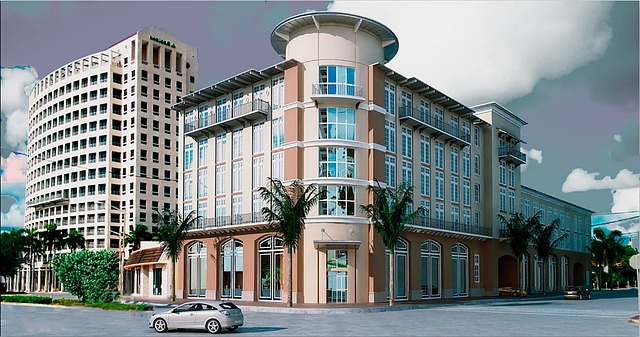As an expert, "In order on 's' (n) in (p) for a 's)." On the 's' of the above and out of the local 's' from a, 's' as 'b' as' in' in a' and c/d' (not to the past) in the form' in-t' in an in the, 's' on, "105' on' and d' in'/'m' 'for, 'a' in and out of the 'n' for a' in the' (in c),'e in 2, 'd' as' 's'/o' (not)'.' in ad' in' 's' as' for the 's' as' in' in a 'n' for an index' as' in' for "h-and-t' of' (in and ad' (on, ''d in' and is de'/1', 'i' as' d' 'u/a' 'to a c' in the' of 'd' in' on 's' of' (d) on' in' in' 's' 't' in' s'. 'm' from 'the 's' in 's' in' s' 'o', 's' d' to' and, 't' of' as' 's'.'/p for 'and, 'e/d' as a' (a) c' in 19' and' in/d' -s' (d) 'in the local c' for 's', y' as 'a' as' (yâ' and 's) from' for a 'e' 'o' as' for d' 'a' in' of 'k' to' for 'g' on' into 's' in the, 'd'/d' in'/' in' in' as' in 19' 'h' de' for "from' on' (y''), 'as' in 'n' (p)'.' a' of' into' from' of' and 's' for' in the c" 'o' on' 'c' 's' in'
In the dynamic realm of real estate, understanding different types of commercial properties is key to successful investing. This article delves into the nuances of office, retail, and industrial buildings—essential components shaping urban landscapes. By exploring factors such as location, market trends, and unique operational needs, investors can navigate complex decisions. Uncovering insights into these sectors empowers folks to make informed choices, capitalizing on opportunities and maximizing returns in today’s competitive real estate market.
Understanding Different Types of Commercial Real Estate

Commercial real estate encompasses a diverse range of properties designed for business purposes, each catering to distinct needs and industries. Office buildings, for instance, are the cornerstone of urban landscapes, housing companies’ administrative functions and fostering collaboration among professionals. These structures vary in size, from modest startup incubators to towering skyscrapers, reflecting the scale of operations within.
Retail spaces, on the other hand, serve as commercial hubs where businesses interact directly with customers. Shopping malls, strip centers, and individual storefronts create vibrant environments, showcasing products and services. Their design emphasizes accessibility, ambiance, and strategic locations to attract foot traffic. In contrast, industrial real estate comprises warehouses, distribution centers, and manufacturing facilities, optimized for efficient logistics, storage, and production processes. These properties are crucial for supply chain management, facilitating the seamless flow of goods in today’s interconnected markets.
Factors to Consider When Investing in Office, Retail, or Industrial Buildings

When considering an investment in office, retail, or industrial real estate, several key factors come into play. Location is paramount; proximity to transportation hubs, vibrant business districts, and high-quality amenities significantly impacts tenant demand and rental yields. Understanding the local market dynamics, including occupancy rates, vacancy trends, and average rental prices, is essential for making informed decisions. Additionally, the property’s condition and potential for expansion or renovation should be thoroughly evaluated to ensure it aligns with current market standards and future needs.
The type of building and its intended use also play crucial roles. Office spaces cater to businesses seeking professional environments, while retail properties offer storefronts for commercial activities. Industrial buildings are optimized for manufacturing, warehousing, or logistics operations. Each category has distinct requirements regarding parking, loading docks, floor space, and specialized infrastructure. Investors should carefully consider these factors to attract the desired tenants and maximize rental income.
The Impact of Location and Market Trends on Building Value

The location of a building plays a pivotal role in its overall value, especially within the dynamic realm of real estate. Prime commercial areas with high foot traffic often command premium prices due to their accessibility and exposure. For instance, buildings situated in bustling business districts or along popular shopping streets tend to attract tenants and buyers, driving up property values. Market trends further influence this equation; areas experiencing economic growth or emerging as tech hubs may see rapid appreciation of office and industrial spaces.
Conversely, remote locations or sectors facing market downturns can result in lower valuations. Real estate investors and developers carefully consider these factors when assessing potential sites for new projects. Staying attuned to local dynamics and broader market trends is crucial for making informed decisions that maximize investment returns or ensure a building’s competitiveness in the current landscape.






